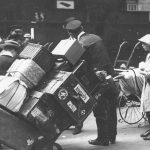May the 4th be with you! Thanks to this play on words and a blockbuster movie franchise, May 4th is known as Star Wars Day. We will admit that Star Wars was a history-making movie, however Obe Wan Kenobi, Luke Skywalker, and Princess Leia are all, sadly, fictional characters.
As we go through some of the major historic events that fell on May 4th, we will focus on real-life people and key moments in our actual history. Classic movies might grab our attention, but often, truth is stranger than fiction.
1959 – The First Grammy Awards Presentation
On May 4, 1959, the National Academy of Recording Arts & Sciences hosted the very first Grammy Awards presentation. At this ceremony, 25 awards were presented in numerous different categories. Among the first Grammy Award winners were Frank Sinatra, Ella Fitzgerald, the Kingston Trio, and Henry Mancini.
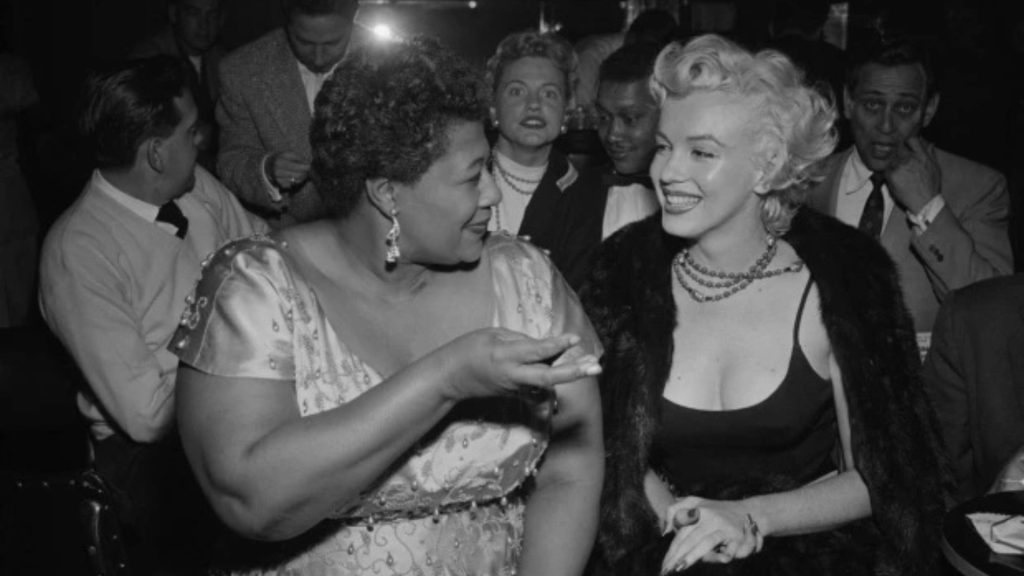
This first Grammy Awards presentation set the stage for the star-studded, televised award shows we see today. The original 25 awards have expanded to more than 75 awards recognizing not only the achievements of singers and musicians, but producers, songwriters, and postproduction work.
1893 – Bulldogging Becomes a Thing
Bill Pickett, a daredevil showman, African American cowboy, and rodeo performer, invented a new rodeo event called bulldogging on this day, May 4, 1893. What exactly is bulldogging? It is a tactic used by cowboys on the job. It involves – literally – grabbing bulls by he horns and wrestling the animal to the ground.

Pickett had a unique strategy to bulldogging. He would bite the animal on the lip. Yes … on the lip! Pickett was instrumental in making bulldogging a popular event at rodeos. Don’t be disappointed if you can’t find a bulldogging event near you. This event has changed and evolved into the rodeo event we now know as steer wrestling.
1944 – The Psychological Thriller, Gaslight, Debuts, Giving Us a New Psychology Term
A young Angela Lansbury made his film debut alongside Charles Boyer, Ingrid Bergman, and Joseph Cotton in the psychological thriller, Gaslight, which hit theaters on May 4, 1944. In this film, a manipulative husband slowly convinces his young wife that she is losing her grip on reality. One way he does this is to dim the gas lights in their home, then tells the wife she has imagined it.
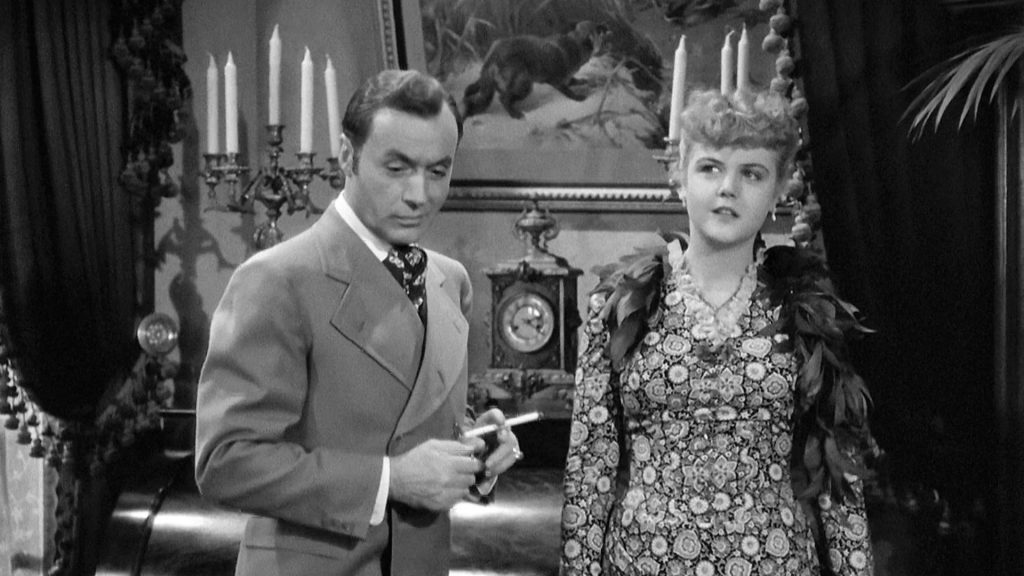
This movie has given us the relatively new psychological term, gaslighting. Gaslighting is a form of mental manipulation in which one person tries to make another person doubt their own observations, experiences, and memories. The constant confusion, trivialization, and distorting of facts makes the victim question their own sanity.
1904 – Rolls Met Royce
In the early days of both automobile and airplane travel, Henry Royce dabbled in designing motors for both cars and planes. His fellow Englishman, Charles Rolls, owned a car dealership. On May 4, 1904, Henry Edmunds, a mutual friend of both men, arranged for Rolls to meet Royce for the first time. The meeting took place at the Midland Hotel in Manchester.
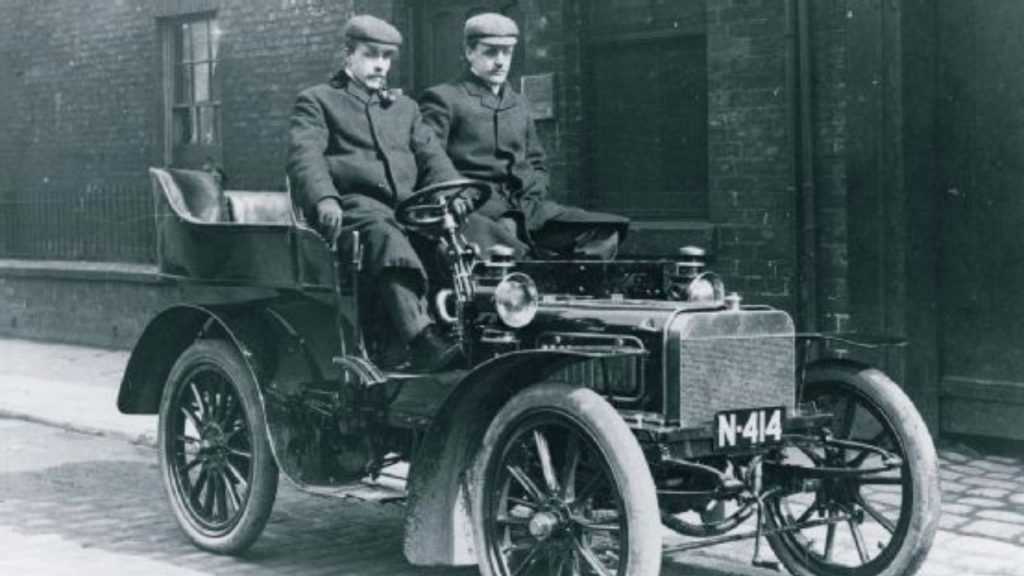
Rolls was impressed with Royce’s twin-cylinder 10hp engine. The gentlemen struck up a partnership in which Rolls would sell Royce’s cars, built under the name Rolls-Royce. It proved to be a lucrative partnership for both men. Even today, the name Rolls-Royce exudes style, sophistication, and quality.
1932 – Al Capone Walked into Prison
The FBI may not have been able to pin any crimes on the notorious mobster Al Capone, but the IRS did! In October 1931, Capone was convicted on five counts of tax evasion and sentenced to 11 years in federal prison.
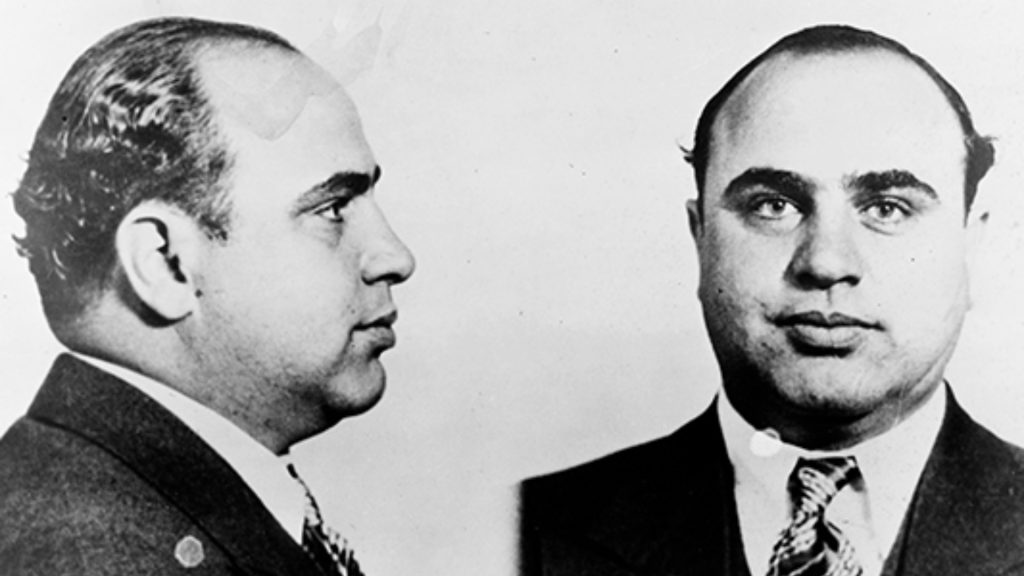
On May 4, 1932, Al Capone arrived at the Atlanta U.S. Penitentiary to start serving his sentence. During the intake process, the ruthless organized crime boss was diagnosed with both syphilis and gonorrhea. In addition, he was going through cocaine withdrawal and suffered from a perforated nasal septum from his cocaine addiction. Capone only spent a few years in Atlanta. In 1934, he was transported to Alcatraz.
1675 – King Charles II Commissioned the Royal Observatory
When England’s King Charles II commissioned the construction of the Royal Observatory in Greenwich on May 4, 1675, he did so more to help maritime merchants find their way based on both their longitude and latitude, but the Royal Observatory was just as important for astronomy as it was for navigation.
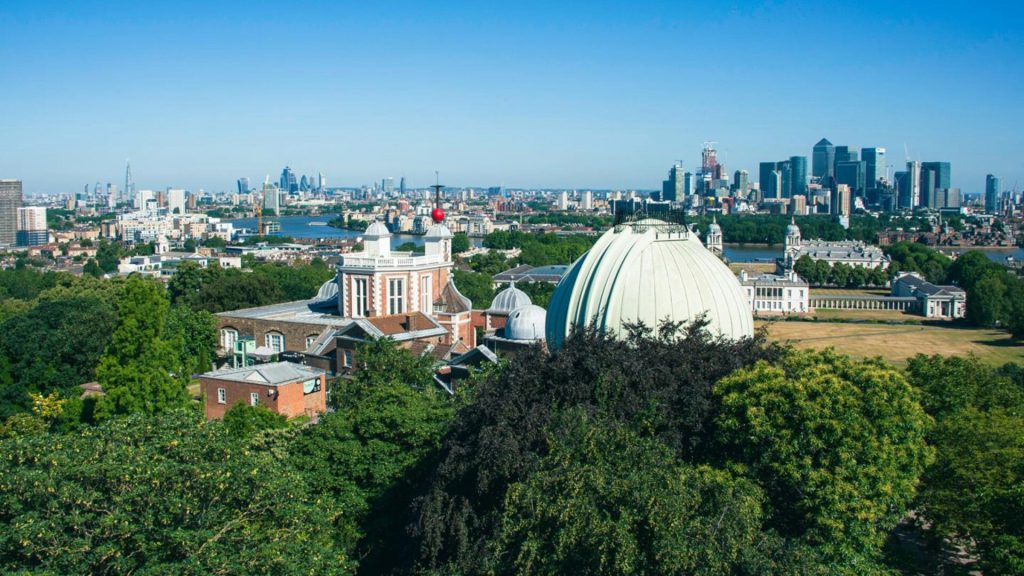
The Royal Observatory was built on the prime meridian and became the starting point for time zones … Greenwich Mean Time. As an astronomical observatory, scientists used the facility to make key observations, including the transit of Mercury, Halle’s Comet, and Saturn’s rings.
1886 – The Haymarket Riot
To protest the violent way the city’s police force had been dealing with striking workers, a labor rally was scheduled to be held in Chicago’s Haymarket Square on May 4, 1886. This peaceful protest turned deadly when a bomb exploded in the crowd. The blast killed seven Chicago police officers, as well as several protesters.
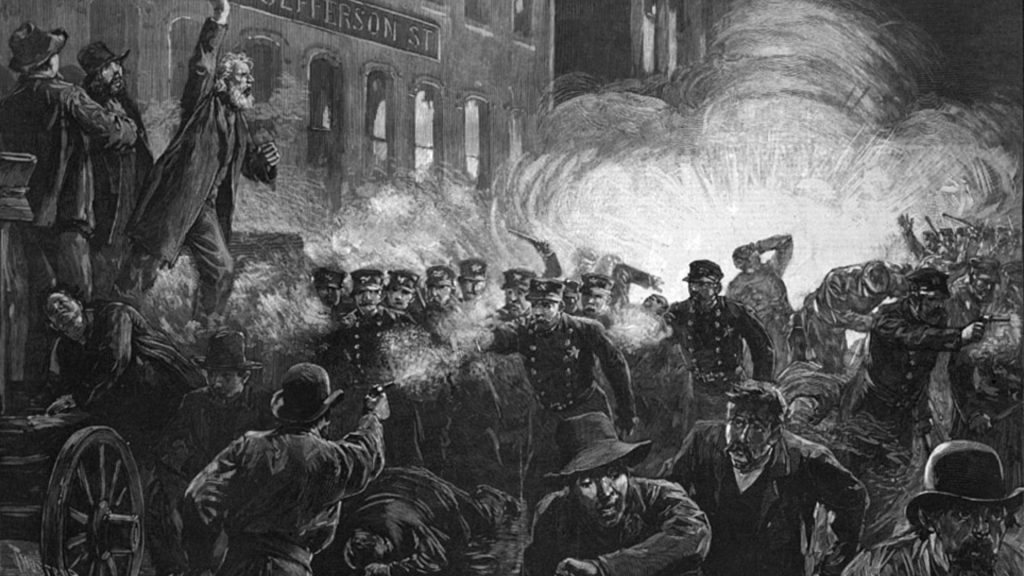
In the wake of the bombing, the protests escalated into a full-on riot – the Haymarket Riot – which pitted striking workers against the police. This incident served as a pivotal point in the labor movement. It helped shine a light on workers’ right to organize and the need for collective bargaining to address fair pay compensation, safe working conditions, and reasonable work hours.
1904 – The United States Took Over the Construction of the Panama Canal
France started to build the Panama Canal in 1881 because they saw the advantage of having a quicker route linking the Atlantic and Pacific Oceans. The French soon abandoned the project, citing lack of funds and a high worker mortality rate. The United States saw a chance to jump in, complete the project, and then, of course, control this key waterway.
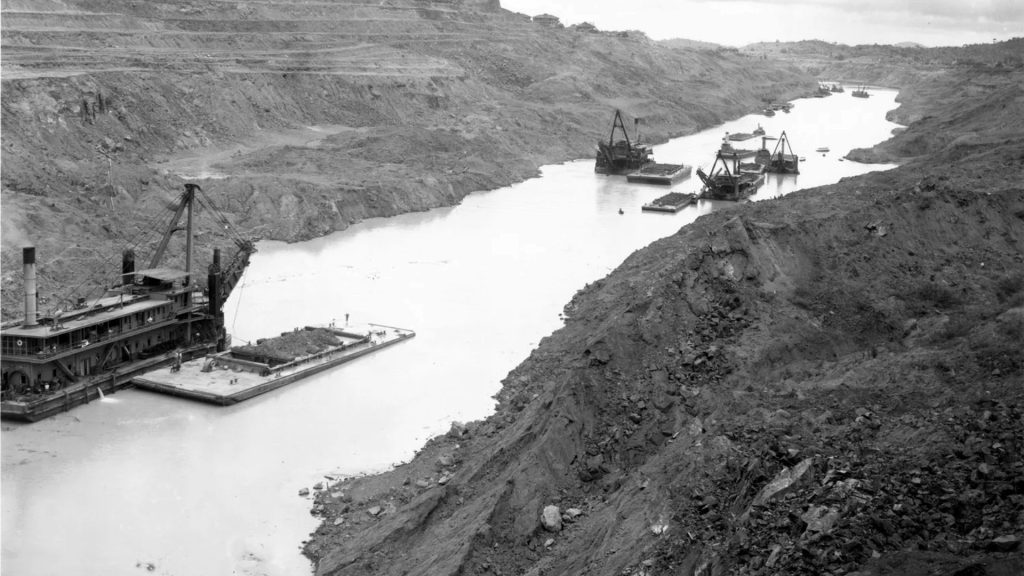
The United States faced many of the same challenges the French had, but they figured out how to reduce the mosquitos that were transmitting yellow fever and malaria. On May 4, 1904, they were ready to get to work. Ten years later, the Panama Canal was open for ship traffic.
1979 – Margaret Thatcher Was Elected Prime Minister
The “Iron Lady,” Margaret Thatcher became the first female Prime Minister of the United Kingdom on May 4, 1979, after winning the general election. She ushered in a series of economic policies that stabilized inflation and boosted the economy. Her strong leadership and determined attitude led her to be nicknamed the “Iron Lady.”
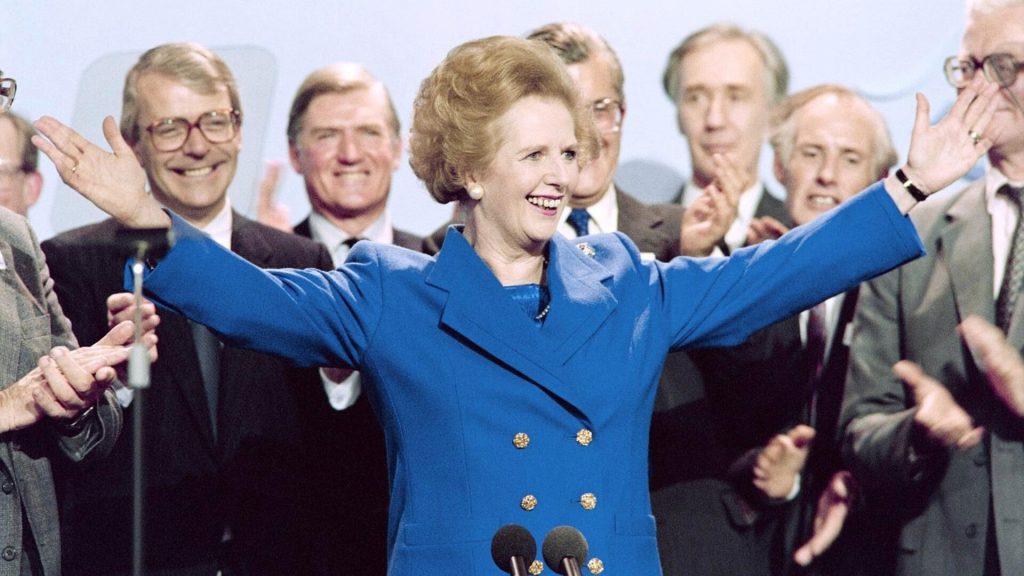
By the time she left office in 1990, Thatcher has become the 20th century’s longest-serving British prime minister. Smart, independent, and unwavering in her beliefs, Thatcher not only led her country to prosperity, but she also served as a role model for women in leadership roles around the world.
1970 – Kent State Massacre
President Richard Nixon delivered a televised announcement stating that the United States military would be expanding their war in Vietnam by taking the fighting into neighboring Cambodia. The Vietnam War was already a hot-button issue, especially among American college students. At Ohio’s Kent State University, students staged a rally to show their protest.

As the protest heated up, 28 soldiers with the Ohio National Guard fired shots into the crowd. The shooting lasted only 13 seconds, but in that time, the National Guard killed four unarmed students and wounded nine others. The incident sparked outrage across the country and led to more protests, rallies, and riots.


